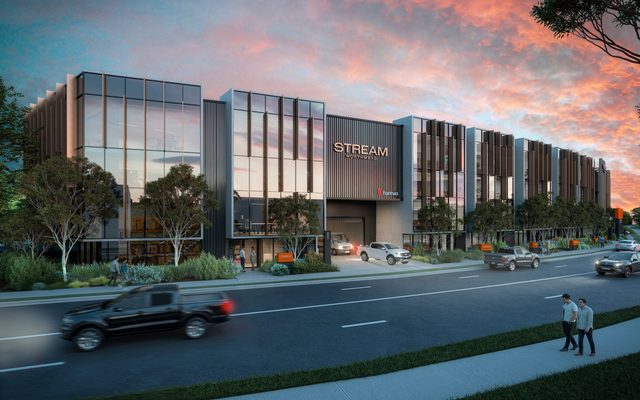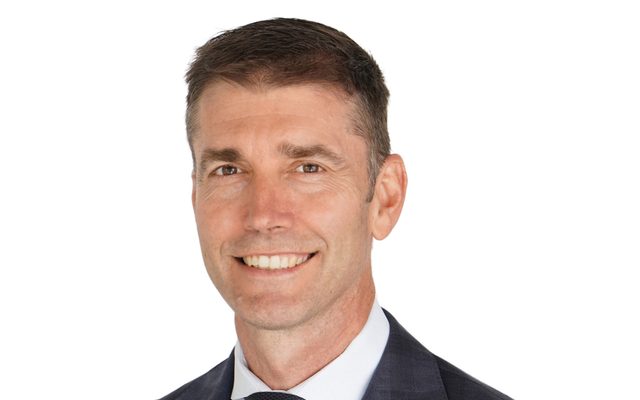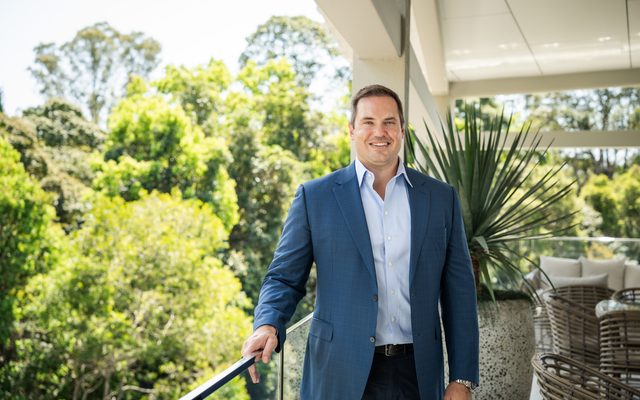This article is from the Australian Property Journal archive
PROPERTY giant Mirvac has turned to the office and industrial businesses to underpin a 9% growth in operating profit as the residential property market slows. However the group has halved its earnings guidance for FY19.
Mirvac’s operating profit increased by 9% to $580 million for FY18, up FY17’s $534 million, representing 15.6 cpss which was at the top end of guidance. The statutory profit after tax was $1.1 billion. Although it is the third consecutive year Mirvac has achieved a statutory profit of more than $1 billion, it is below the $1.16 billion recorded a year ago.
Mirvac achieved EPS growth of 8% in FY18 and DPS growth of 6%. Full-year distributions increased by 6% to $408 million, representing 11.0 cpss.
CEO Susan Lloyd-Hurwitz said the profit result was driven by a strong performance the office and industrial business, earnings jumped by 19% to $381 million.
She added that Mirvac had another excellent year, delivering strong earnings growth and ensuring it has a resilient and sustainable business that is well-placed for the future.
“This is reflected by a robust capital position with good visibility of future earnings and each business unit performing at the top of its class,” she continued.
Lloyd-Hurwitz said residential market conditions have normalised. Defaults remained below 2%. Earnings fell by 1% to $300 million.
“We achieved our target of approximately 3,400 residential lot settlements during the financial year, and delivered a return on invested capital of 18.1%. Our gross margins of over 25.4% reflect our strategy to focus on the strong Sydney and Melbourne markets, as well as our ability to buy and sell at the right time in the property cycle,”
The group secured $2.2 billion of residential pre-sales and its existing pipeline supports over 12,000 lot settlements over the next four years. During the year, it released over 1,800 residential lots across both new and existing projects, with 76% of all released lots pre-sold. The group’s residential pipeline is over 27,000 lots with the acquisition of approximately 1,900 lots at Olivine, Melbourne VIC.
Whilst the residential market slows, Mirvac is turning to the office and industrial businesses.
Lloyd-Hurwitz said, “The benefits of the work we’ve done to reposition the office portfolio are now being realised, with net operating income in our office portfolio up 11% on FY17. This will continue to accelerate as we grow our portfolio through our asset creation capability, with our development pipeline, which includes Australian Technology Park, 477 Collins Street and 80 Ann Street, expected to add approximately $95 million in additional net operating income by FY23.
“We are one of Australia’s largest office managers, with $12 billion of assets under management, and our high-quality portfolio allows us to attract top tier tenants with long lease periods, delivering secure and growing income to the group,” she added.
During the year, Mirvac completed 73 deals over approximately 74,850 sqm, with positive leasing spreads of 8.6%; and maintained occupancy of 97.5% with a WALE of 6.6 years.
The industrial portfolio occupancy increased to 100%, with a WALE of 7.1 years, after the group leased over 100,000 sqm.
“Our industrial portfolio is 100% focused on Sydney and continues to perform well. We continue to look for opportunities to grow our industrial portfolio, as well as assets under management through the Mirvac Industrial Logistics Partnership,”
In the retail portfolio, earnings fell 1% to $154 million, however despite the competitive retail environment, Mirvac achieved comparable MAT sales growth of 3.1% and comparable specialty sales growth of 3.7%. It also increased comparable specialty sales productivity to $10,085 per sqm. However specialty occupancy costs increased slightly to 15.3% from 15% in June 2017. The group completed over 66,500 sqm of leasing, with average leasing spreads of 2.3%.
Mirvac recently announced a $1 billion club Australian Build-to-Rent Club with the Clean Energy Finance Corporation (CEFC), to develop up to six purpose-built apartment buildings.
Looking ahead, Mirvac has provided EPS guidance of between 16.8 to 17.1 cpss for FY19, an increase of 2 to 4%, which is lower than the FY18 EPS growth of 8% and the EPS growth of 7.4% over the five-year period.
It provided a distribution guidance of 11.6 cpss, which represents DPS growth of 5% compared to FY18 DPS growth of 6%. It is slightly higher than the five-year average of 4.8%.
“As we reach the mature age of the current property cycle, our focus remains on creating and delivering value for our customers and our securityholders,” Lloyd-Hurwitz concluded.
Australian Property Journal




